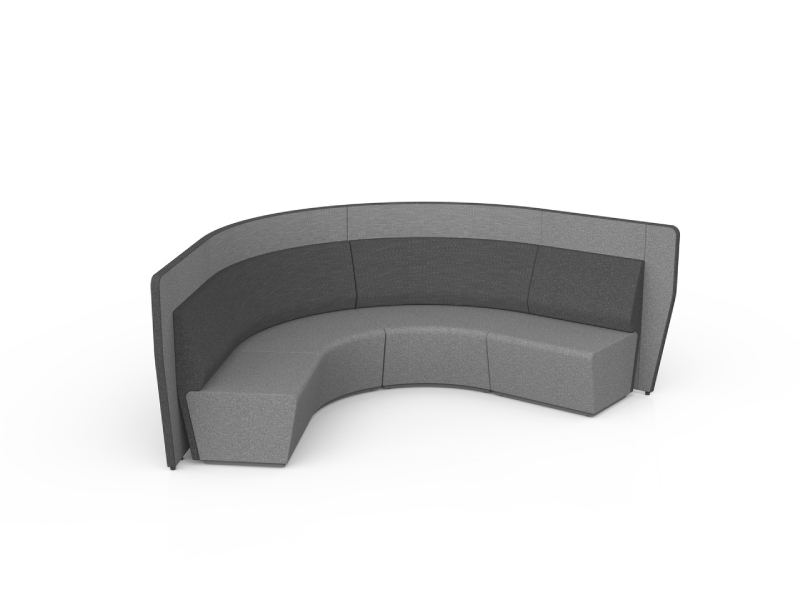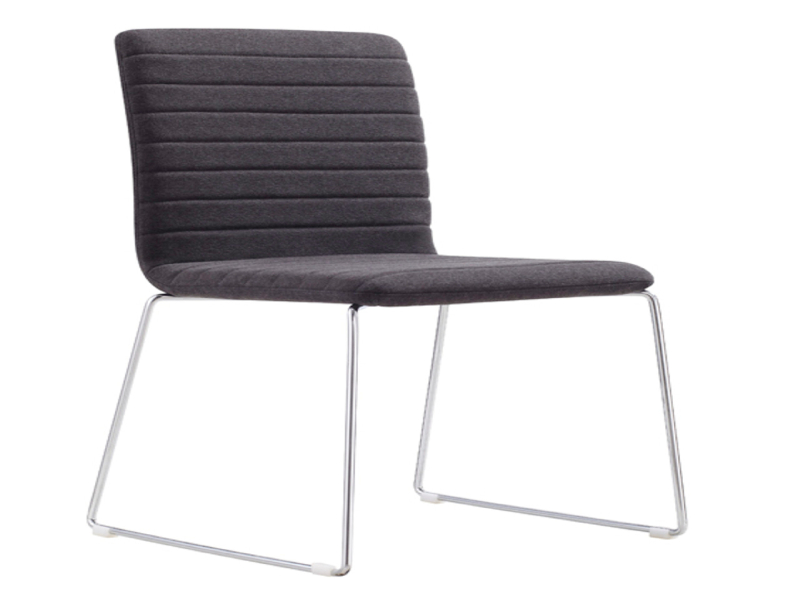From Concept to Workspace: The Art of Office Interior Design
Posted by The Urban Hyve Team on 7th Feb 2024
The modern office is more than just a physical space; it's a reflection of a company's culture, values, as well as vision. Office interior design goes beyond aesthetics; it's an art that transforms a concept into a functional and inspiring workspace. In this article, we delve into the intricacies of office interior design, exploring how it evolves from a concept into a vibrant and efficient workspace that nurtures productivity as well as creativity.
1. Understanding the Company's Identity and Values
The journey of office interior design begins with a deep understanding of the company's identity and values. A well-designed office should be a physical embodiment of the brand, reflecting its ethos as well as character. This understanding serves as the foundation upon which the entire design concept is built, thus ensuring that every element aligns with the company's overarching vision.
2. Conceptualization: Turning Ideas into Design Elements
Conceptualization is the phase of translating ideas into tangible design elements. This involves brainstorming sessions, mood boards, and also sketches that capture the essence of the envisioned workspace. Concepts may revolve around themes such as collaboration, innovation, or sustainability, and they guide the selection of colors, materials, and layouts.
Mod Expo Collaborative Work Pods
3. Space Planning for Optimal Functionality
Once the concept is defined, the focus shifts to space planning. Efficient space planning is the backbone of a well-designed office. It involves optimizing the layout to ensure seamless workflow, creating collaborative areas, and allocating spaces based on the needs of different departments. Space planning considers both aesthetics and functionality, aiming for a harmonious balance.
4. Choosing Aesthetic Elements: Colour, Furniture, and Lighting
Aesthetic elements play a crucial role in creating a visually appealing and conducive workspace. Colour schemes are selected based on the company's branding and the desired atmosphere – calming blues for focus, vibrant hues for creativity. Furniture choices should align with the overall design concept, promoting comfort and productivity. Lighting, natural or artificial, is carefully considered for both functionality and ambiance.
5. Bringing Nature Indoors: Biophilic Design
Biophilic design, the incorporation of natural elements into the workspace, has gained prominence. From indoor plants to natural light and materials, biophilic design fosters a connection with nature. It not only enhances the aesthetics but also contributes to employee well-being, creativity, and overall job satisfaction.
6. Technology Integration for a Smart Workspace
Technology powers the modern offices, and a well-designed workspace integrates it seamlessly. Considerations include the placement of power outlets, incorporation of smart office solutions, and ensuring that technology enhances, rather than disrupts, the overall design. A smart workspace is adaptive, efficient, and sets the stage for future technological advancements.
7. Creating Collaborative Zones
The contemporary workplace emphasizes collaboration, and office interior design responds accordingly. Designated collaborative zones are incorporated into the layout – open meeting spaces, breakout areas, and communal lounges. These zones facilitate spontaneous interactions, brainstorming sessions, and team-building, fostering a culture of collaboration.
Rover Fabric Breakout Area Chair
8. Incorporating Employee Wellness Initiatives
Employee well-being is a priority in modern office design. Wellness initiatives are integrated into the workspace, including ergonomic furniture, wellness rooms, and spaces that encourage movement. Prioritizing health and comfort not only enhances productivity but also contributes to employee satisfaction and retention.
9. Customization to Reflect Departmental Needs
Different departments within a company have varying needs, and a thoughtful office design takes this into account. Customization is key, ensuring that each department has a space that caters to its specific requirements. Whether it's a quiet area for focused work or a dynamic space for collaboration, customization enhances functionality.
10. Evolving with Future Trends
The art of office interior design is not static as it evolves with time and also embraces future trends. Designers stay abreast of evolving workplace dynamics, incorporating elements that support flexible work arrangements, hybrid models, and emerging technologies. An office designed with future trends in mind ensures longevity and adaptability.
In Conclusion
From the initial concept to the realization of a vibrant and efficient workspace, the art of office interior design is a multifaceted journey. It weaves together the company's identity, functionality, aesthetics, and also employee well-being into a cohesive whole. The result is a workspace that goes beyond mere functionality; it becomes a living representation of the company's culture and values, thus inspiring employees and setting the stage for continued success in an ever-evolving business landscape.












